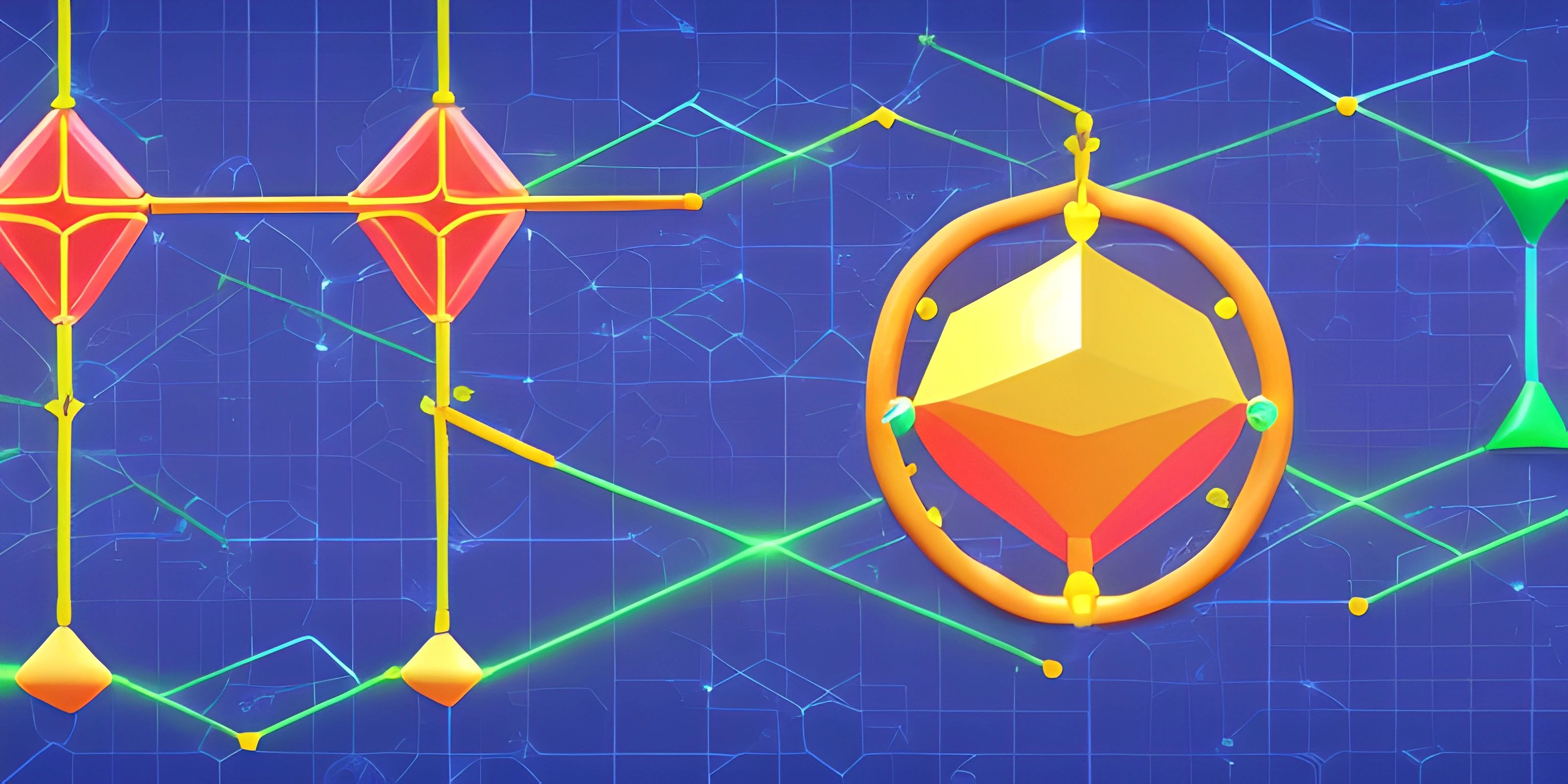Genetic Algorithms Implementation in Python

Note: this page has been created with the use of AI. Please take caution, and note that the content of this page does not necessarily reflect the opinion of Cratecode.
Genetic algorithms (GAs) are a type of optimization and search technique inspired by the process of natural selection. They have been used to solve complex problems in various fields, from optimization to machine learning. In this article, we will walk you through the implementation of a genetic algorithm in Python.
Problem Representation
The first step in implementing a genetic algorithm is to represent the problem in a way that can be used by the algorithm. In GAs, we have a population of individuals, each representing a possible solution to the problem. The representation of an individual depends on the problem at hand. For example, if you're solving a traveling salesperson problem, the individual could be represented as a list of cities visited in order.
individual = ["City A", "City B", "City C", "City D", "City E"]
Population Initialization
Next, we need to create an initial population of individuals. This can be done randomly or using some heuristic. For simplicity, let's create a random population of size n for our traveling salesperson example.
import random
def random_population(n, cities):
population = []
for _ in range(n):
individual = random.sample(cities, len(cities))
population.append(individual)
return population
cities = ["City A", "City B", "City C", "City D", "City E"]
population = random_population(10, cities)Fitness Evaluation
Now that we have a population, we need to evaluate the fitness of each individual. The fitness function depends on the problem. In our example, the fitness could be the total distance traveled by the salesperson. The goal is to minimize this distance, so lower fitness values are better.
def distance(city_a, city_b):
# Calculate the distance between city_a and city_b
pass
def fitness(individual):
total_distance = 0
for i in range(len(individual) - 1):
total_distance += distance(individual[i], individual[i + 1])
total_distance += distance(individual[-1], individual[0]) # Return to the first city
return total_distanceSelection
Selection is the process of choosing individuals from the current population to create a new generation. There are various selection strategies, such as roulette wheel selection and tournament selection. For this example, let's use tournament selection.
def tournament_selection(population, fitness_function, tournament_size):
selected = []
for _ in range(len(population)):
competitors = random.sample(population, tournament_size)
winner = min(competitors, key=fitness_function)
selected.append(winner)
return selectedCrossover
Crossover is the process of combining the traits of two individuals to create offspring. There are many ways to perform crossover, depending on the problem representation. For our example with a list of cities, we can use ordered crossover.
def ordered_crossover(parent_a, parent_b):
start, end = sorted(random.sample(range(len(parent_a)), 2))
child = [None] * len(parent_a)
child[start:end] = parent_a[start:end]
for gene in parent_b:
if gene not in child:
i = child.index(None)
child[i] = gene
return childMutation
Mutation is the process of introducing small random changes in an individual to maintain diversity in the population. For our example, we can swap two cities in the list.
def swap_mutation(individual, mutation_rate):
for i in range(len(individual)):
if random.random() < mutation_rate:
j = random.randint(0, len(individual) - 1)
individual[i], individual[j] = individual[j], individual[i]Main Loop
Finally, we can put everything together in the main loop of the genetic algorithm. We will run the algorithm for a fixed number of generations or until a termination condition is met.
population_size = 50
generations = 100
mutation_rate = 0.1
tournament_size = 5
population = random_population(population_size, cities)
for generation in range(generations):
selected = tournament_selection(population, fitness, tournament_size)
offspring = []
for i in range(0, population_size, 2):
child_a = ordered_crossover(selected[i], selected[i + 1])
child_b = ordered_crossover(selected[i + 1], selected[i])
offspring.append(child_a)
offspring.append(child_b)
for child in offspring:
swap_mutation(child, mutation_rate)
population = offspring
best_individual = min(population, key=fitness)
print("Best solution:", best_individual)And that's it! You've implemented a genetic algorithm in Python. This is just a starting point, and there are many ways to improve and customize the algorithm for your specific problem. Happy evolving!
Hey there! Want to learn more? Cratecode is an online learning platform that lets you forge your own path. Click here to check out a lesson: Rust Smiley Face (psst, it's free!).
FAQ
What is a genetic algorithm and how does it work?
A genetic algorithm is a search heuristic inspired by the process of natural selection. It is used for optimization and search problems. Genetic algorithms work by creating a population of candidate solutions and iteratively generating new solutions through mutation and crossover (recombination) of the existing ones. The fitness of each solution is evaluated, and the fittest solutions are selected to form the next generation. This process continues until a satisfactory solution is found or a predefined stopping condition is met.
How do I represent a problem using genetic algorithms in Python?
To represent a problem using genetic algorithms in Python, you need to define the following components:
- Chromosome representation: A chromosome is a candidate solution, usually represented as a list of genes (e.g., binary, integer, or real values).
- Initial population: Create a set of random chromosomes as your initial population.
- Fitness function: Define a function that evaluates the fitness (quality) of each chromosome for the given problem.
- Selection, crossover, and mutation operators: Implement the methods for selecting parents, creating offspring through crossover, and introducing mutations.
How do I implement and use fitness evaluation in Python?
To implement fitness evaluation in Python, you need to define a fitness function that takes a chromosome as input and returns a numeric value representing the quality of the solution. The fitness function should be problem-specific and aligned with your optimization goals. Once the fitness function is defined, apply it to each chromosome in your population to evaluate their fitness.
How do I perform selection in a genetic algorithm using Python?
Selection in a genetic algorithm involves choosing the fittest chromosomes for reproduction. There are various selection methods, such as tournament selection, roulette wheel selection, and rank selection. To implement selection in Python, you can use the random library to pick chromosomes probabilistically based on their fitness values. For example, in roulette wheel selection, the probability of picking a chromosome is proportional to its fitness value.
How can I apply crossover and mutation in genetic algorithms using Python?
Applying crossover and mutation in Python involves creating offspring chromosomes by combining the genes of parent chromosomes (crossover) and modifying some genes randomly (mutation). To implement crossover, choose a crossover point and swap the genes from the parent chromosomes to create offspring. For mutation, loop through the genes of a chromosome and, with a specified mutation probability, modify the gene value. You can use the random library to generate random numbers for these operations.





